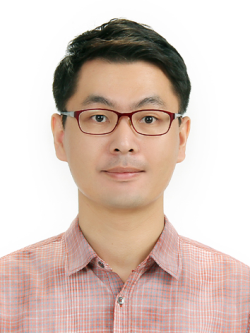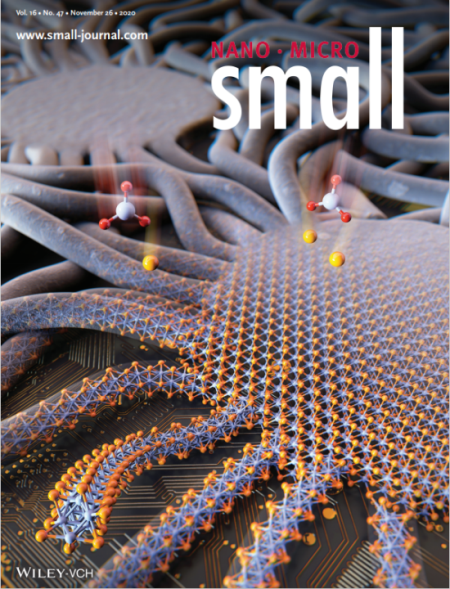- About Ajou
- Admission
- Academics
- Research
-
International
International
- Campus Life
-
News and Event
News and Event
-
AUT
AUT
Ajou News
NEW Prof. Yoo Young-dong discovers new mixed-dimensional heterostructures
- 2021-01-26
- 5498

Prof. Yoo Young-dong’s team has developed new mixed-dimensional in-plane heterostructures, generating hopes for the invention of a new core material for flexible and transparent electric and energy semiconductors.
The team, led by Prof. Yoo (Dept. of Chemistry, pictured) has found a new method for synthesizing mixed-dimensional in-plane heterostructures, and published their findings under the title, “Mixed-Dimensional In-Plane Heterostructures from 1D Mo6Te6 and 2D MoTe2 Synthesized by Te-Flux-Controlled Chemical Vapor Deposition” in Small, an international nanoscience journal. Kim Hyeon-kyeong, currently in the combined postgraduate program at Ajou University, is listed as the first author on this paper that went on to be featured on the journal’s November 26 issue.
Chalcogen compounds, used in two-dimensional semiconductors, promise utility as materials for next-generation electric and energy semiconductors for wearable devices and rollable displays as the rollable and transparent compounds possess superior electric and optic properties. However, the significant contact resistance that arises when these compounds and metallic electrodes are combined to create two-dimensional semiconductors has consistently limited compound performance.
Prof. Yoo’s team used the chemical vapor deposition method (i.e., depositing films on semiconductors and metals through the vaporization of precursors with heat or plasma) to control the dimensions of the synthetic materials to be created, as the method using is suited to controlling the flux of precursors. As a result, the researchers were able to synthesize mixed-dimensional metal-semiconductor heterostructures. The metallic molybdenum telluride (Mo6Te6) on the first dimension is combined horizontally with the semiconductor-like molybdenum ditelluride (MoTe2) on the second dimension to create these novel structures. The team’s discovery provides new clues to the solution for minimizing contact resistance. A precursor refers to a material that transforms into a desired substance through chemical reactions.
The team, moreover, has demonstrated the specific mechanism for synthesizing low-dimensional substances through flux control. When the amount of tellurium (Te) supplied per unit of time remains small, one-dimensional Mo6Te6 is synthesized with molybdenum (Mo) and Te atoms matched in an equal ratio. When the amount of Te supply per unit of time increases, two-dimensional MoTe2 is obtained, with double the amount of Te atoms bonding with Mo atoms. This mechanism can help synthesize not only mixed-dimensional materials, but also either one-dimensional or two-dimensional materials. The diverse low-dimensional materials so synthesized can be applied to electronics, optoelectronics, and catalysts.
Prof. Yoo remarked: “The synthesis mechanism we have discovered is simple and expandable, and is therefore expected to help create much more diverse mixed-dimensional heterostructures. I expect these new synthetic structures to become core materials for making flexible and transparent next-generation electronic and energy semiconductors.”
The study has been conducted with support from the Ministry of Science and ICT and the National Research Foundation of Korea’s New Researcher Support Programs.

